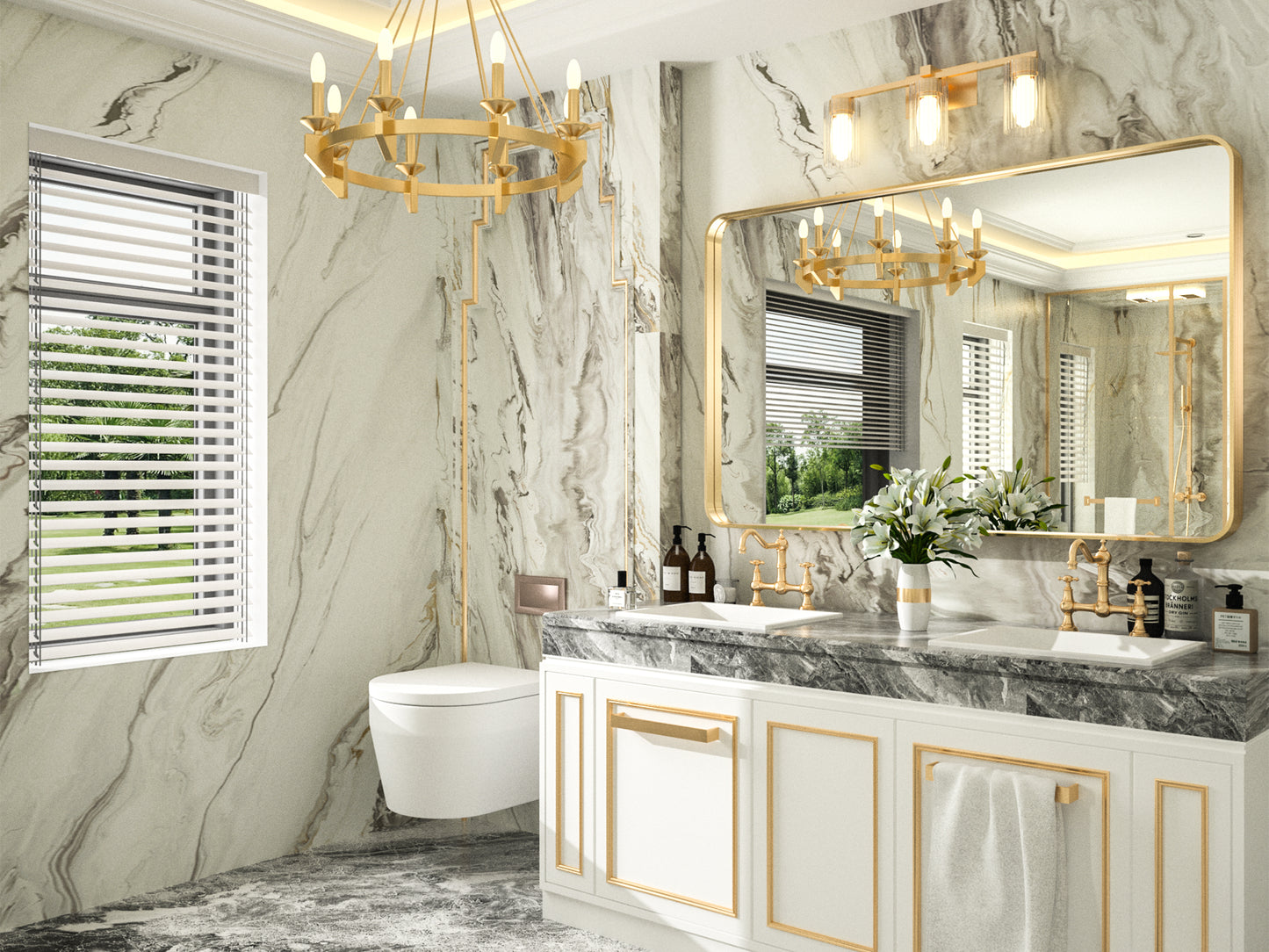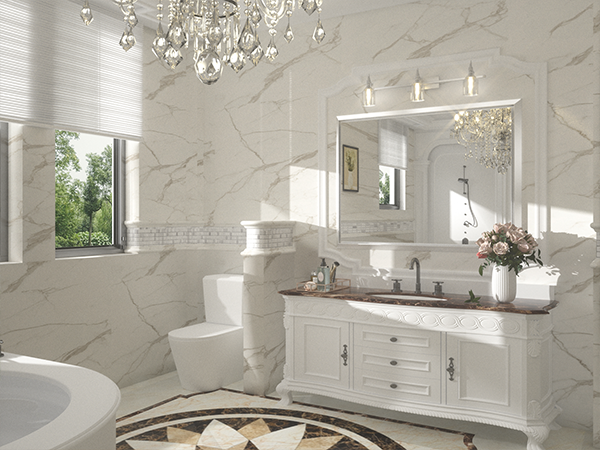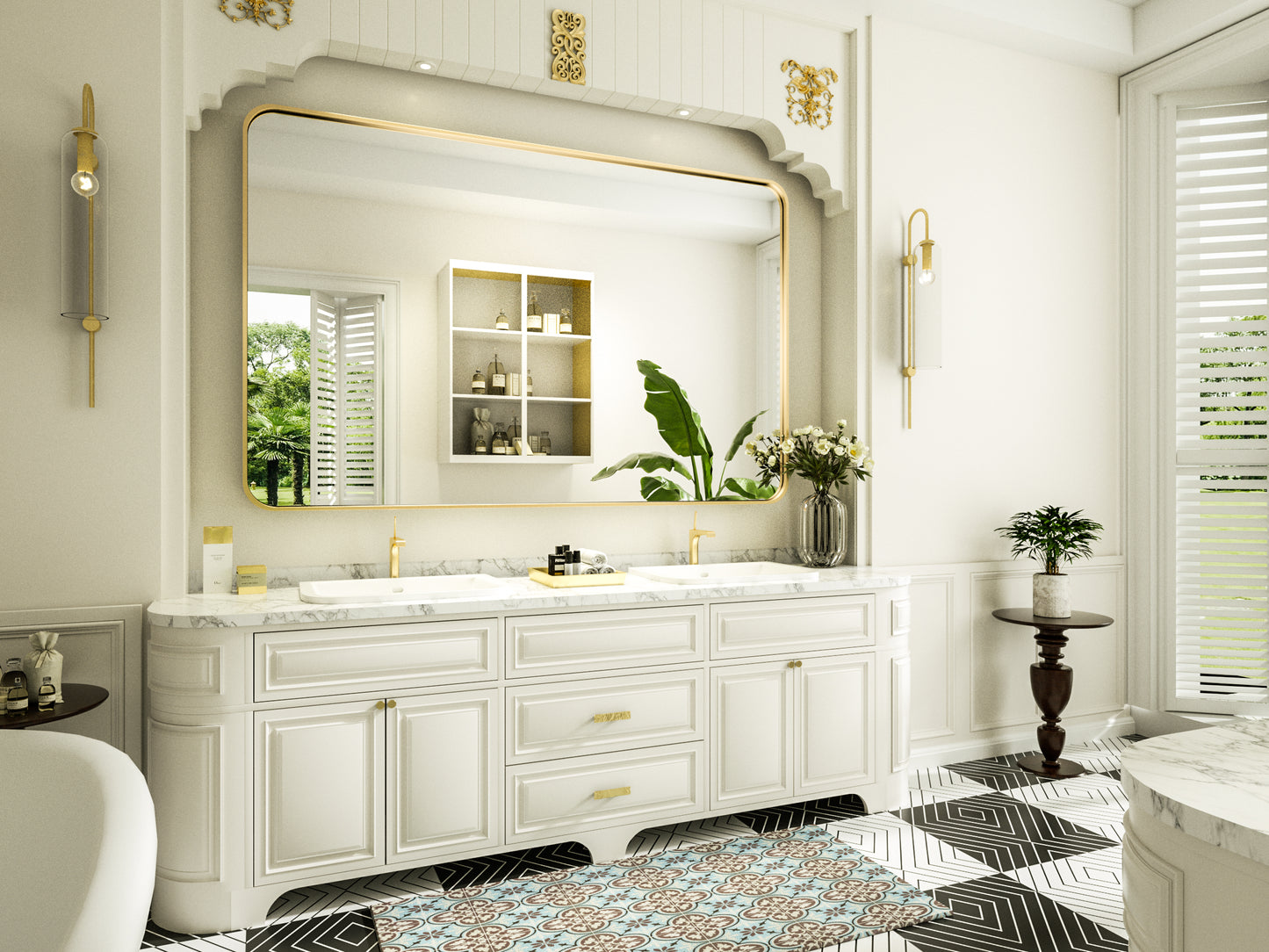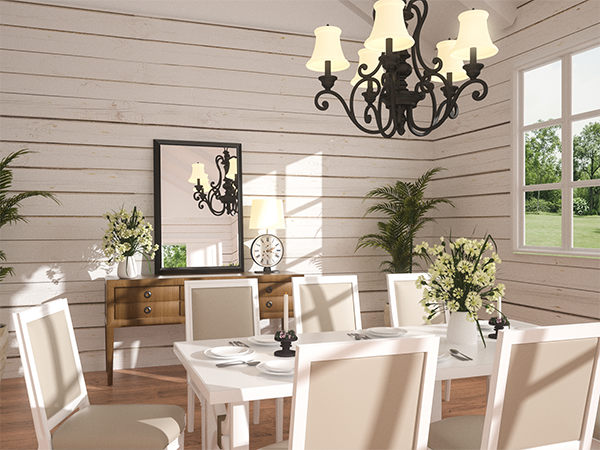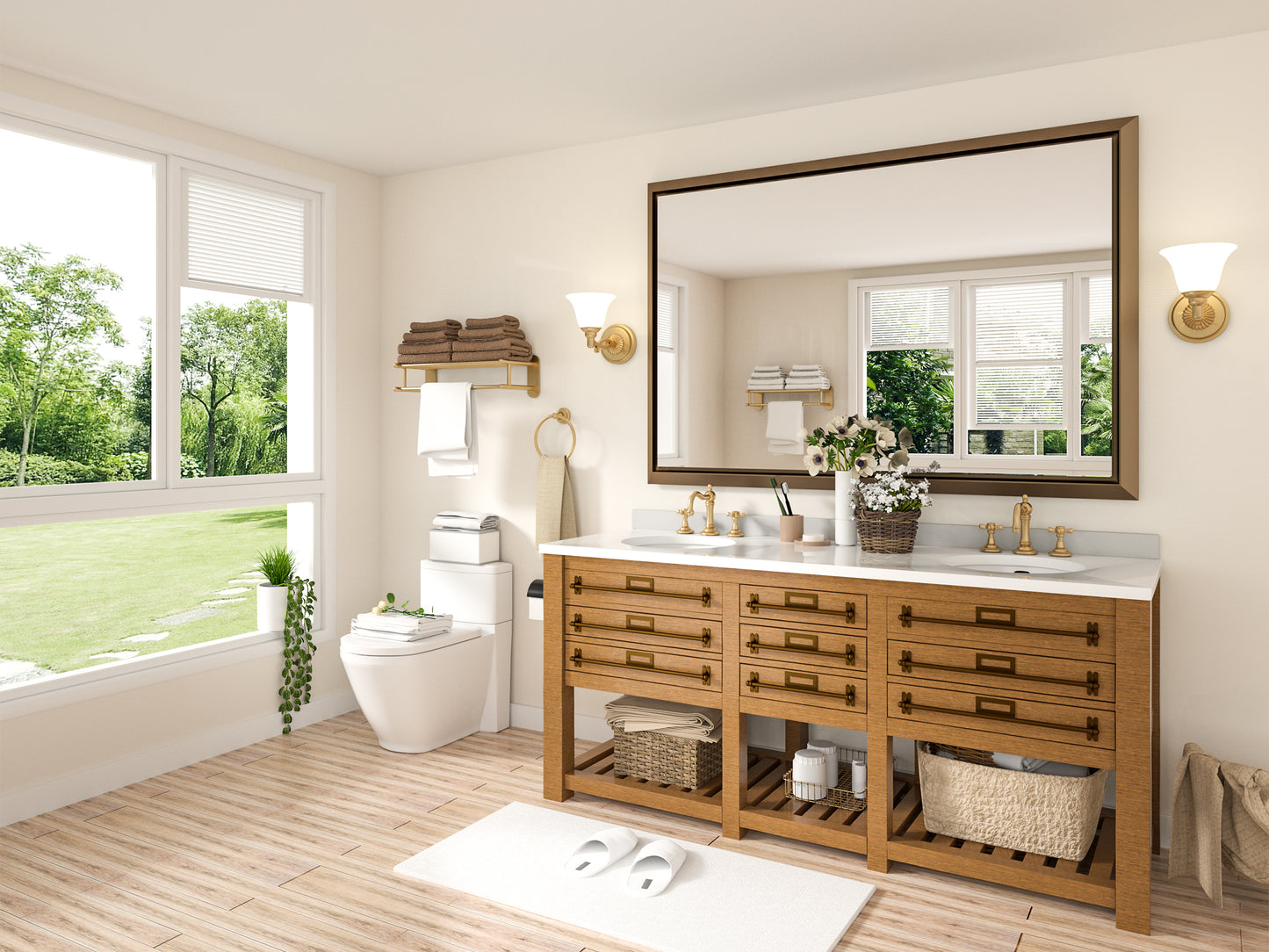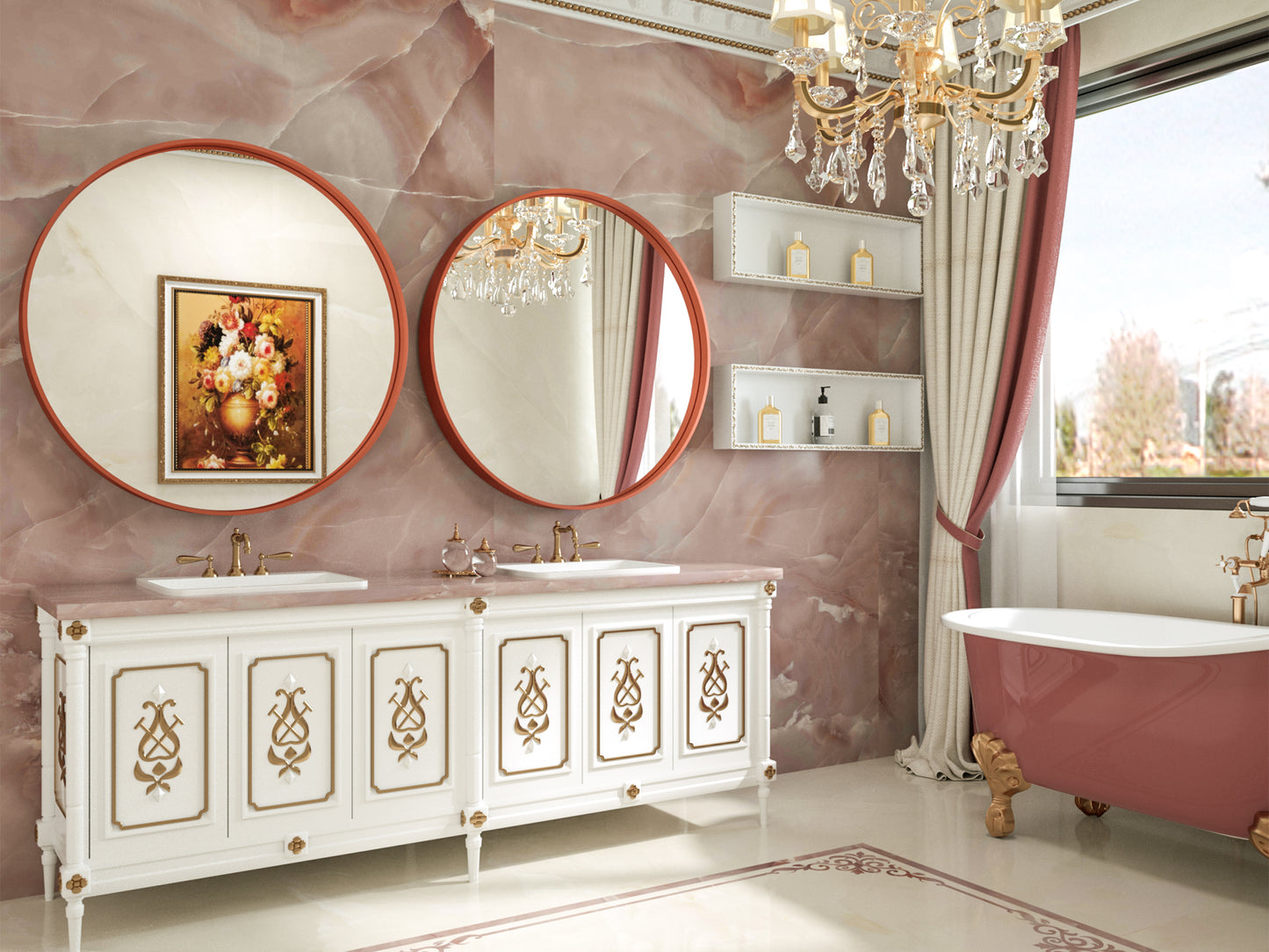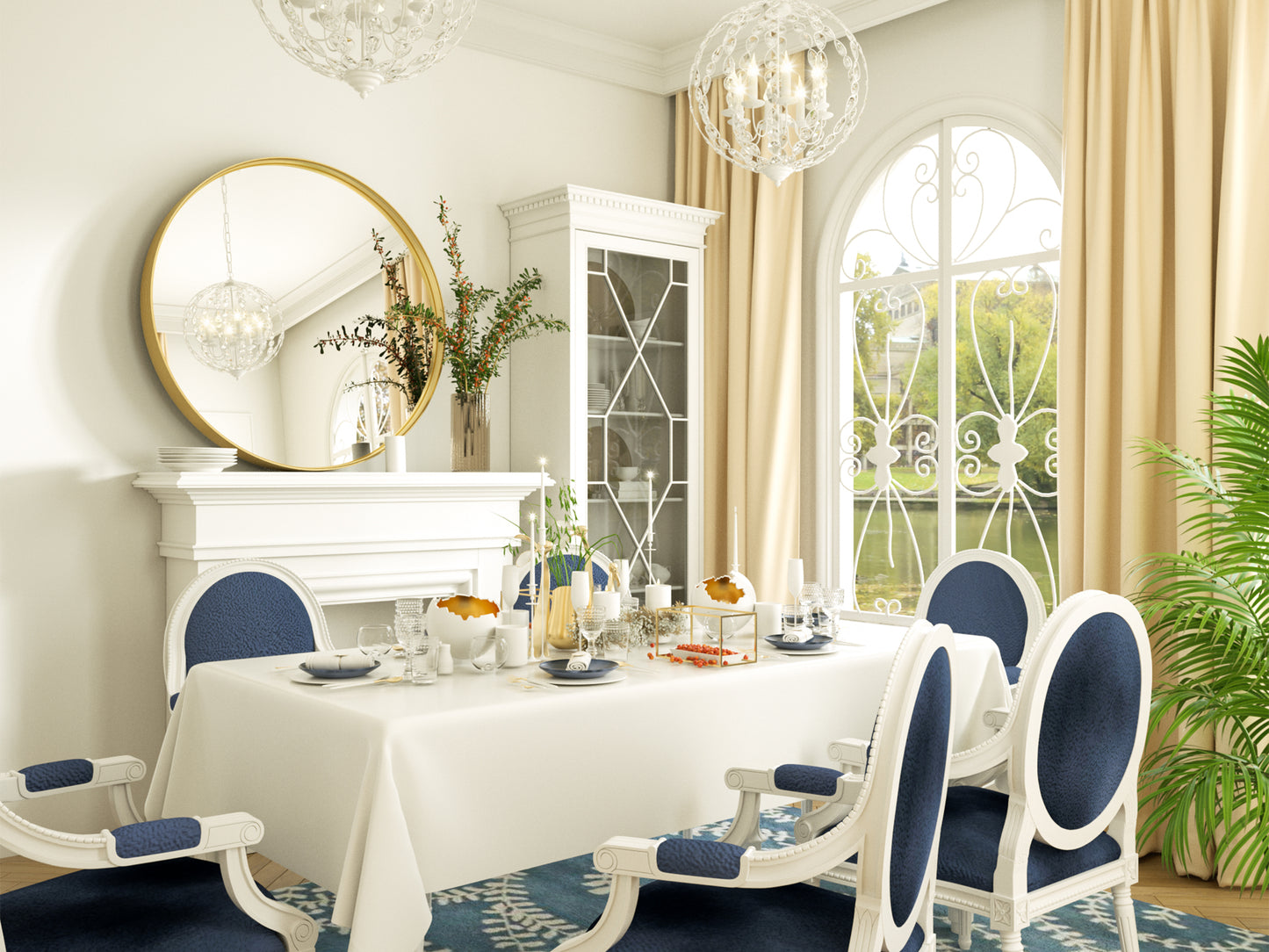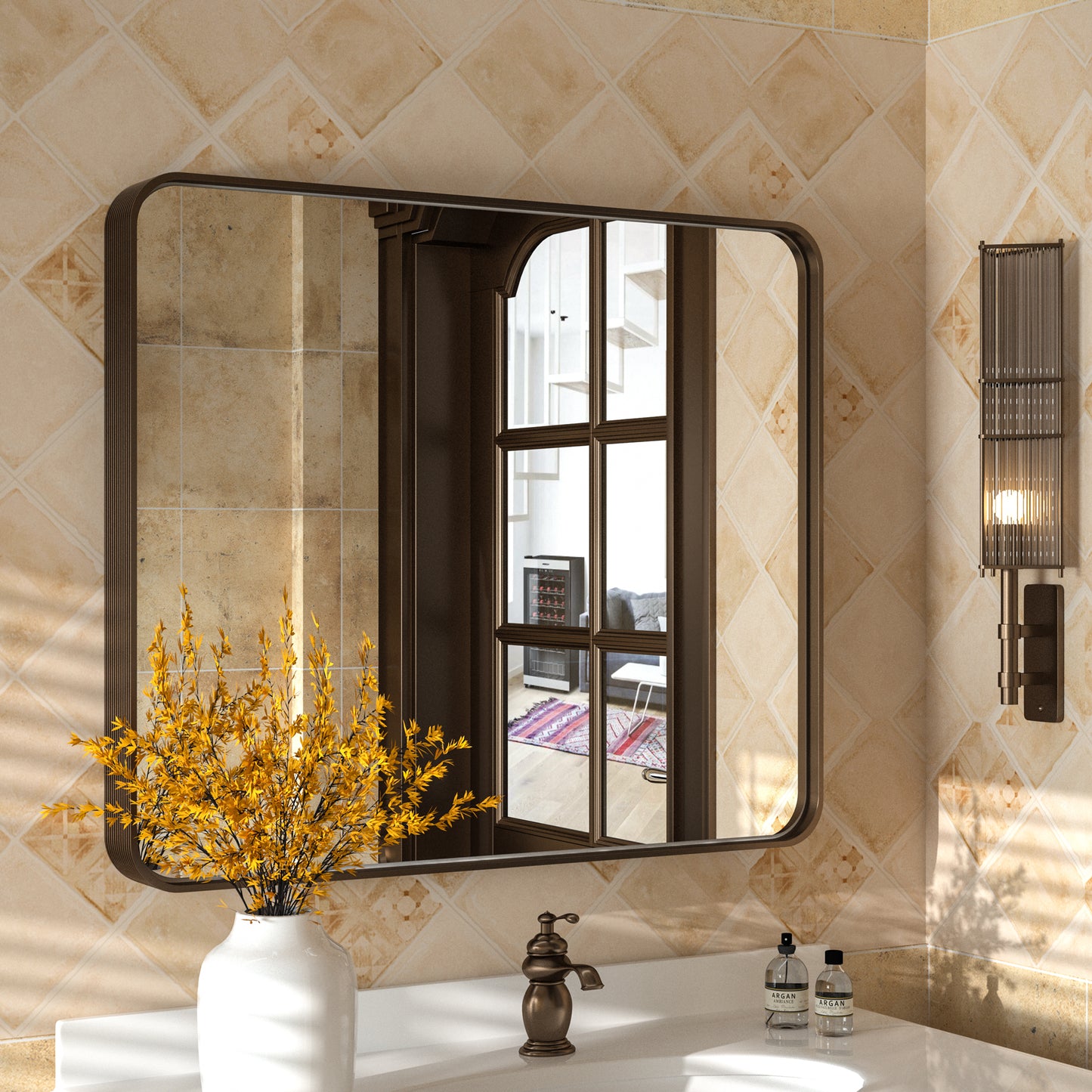
If you own a feline and have a Black Bathroom Mirror Wall-Mounted Mirror or any other mirror in your home, you may have noticed your cat's peculiar reactions when faced with their own reflection. It can be amusing, puzzling, and at times,
downright hilarious. The question that lingers in our minds is, do cats understand mirrors?
Photo by Unsplash
The Mirror Phenomenon in the Feline World
The relationship between felines and mirrors has been a source of amusement and curiosity for many pet owners. Cats' reactions to their reflection range from confusion to aggression, indifference, and sometimes fear. But, do these reactions mean they understand the concept of a mirror?
It's important to delve into this topic, especially if you have a large mirror, small mirror for the wall, or a small vanity mirror in your home. Understanding your cat's reactions can give you insights into their behavior and help you ensure their comfort and happiness.
Photo by PILOCOS
The History and Function of Mirrors
Mirrors have been a fascination for humans since ancient times. The first mirrors in human history were crafted using polished stones, with obsidian being a popular choice. These early mirrors were rudimentary in nature, lacking the sophistication and clarity we associate with modern mirrors. The process of creating these mirrors involved meticulously grinding and polishing the surface of the stone until it achieved a smooth and reflective finish.
Obsidian, a naturally occurring volcanic glass, was particularly favored for mirror-making due to its inherent properties. Its dark and glossy surface allowed for some level of reflection, albeit with a significant degree of distortion. As a result, the images reflected in these primitive mirrors were far from accurate representations of reality. They appeared dark and murky, making it challenging to discern finer details.
Despite their limitations, these early mirrors held immense cultural and practical significance. They were primarily used for personal grooming and self-adornment, allowing individuals to catch a glimpse of their own reflection. However, due to the distorted nature of the image, these mirrors were unable to provide an accurate reflection of one's appearance. Instead, they offered a mere approximation, giving individuals a general idea of their overall appearance.
The creation of these mirrors required great skill and patience. Ancient artisans would spend hours meticulously grinding and shaping the stones, gradually transforming them into reflective surfaces. The process involved using various abrasive materials, such as sand and water, to gradually wear down the rough surface of the stone. This laborious task required a keen eye for detail and a steady hand to ensure a smooth and even finish.
Over time, as civilizations advanced, mirror-making techniques evolved. The use of metals, such as copper and bronze, replaced the use of stones, leading to the production of more refined and clearer mirrors. These metal mirrors were created by polishing the metal surface until it achieved a high level of reflectivity. This marked a significant improvement in mirror quality, as the images reflected became less distorted and more accurate.
The invention and refinement of mirrors played a crucial role in human development. They not only served practical purposes but also held symbolic and cultural significance. Mirrors became associated with vanity, self-reflection, and introspection. They were often considered objects of beauty and luxury, adorning the homes of the wealthy and powerful.

Photo by Unsplash
Do Cats Understand Mirrors?
Now, let's focus on our feline friends. If you have a small mirror for wall, you may have observed your cat looking into it. However, does this mean they understand mirrors? Even though cats are intelligent, they cannot comprehend the concept of mirrors as humans do.
When you observe your furry friend gazing at their reflection in your Black Bathroom Mirror, Wall-Mounted Mirror, they are not admiring their grooming work. Rather, they are puzzled by the strange cat staring back at them. They acknowledge the existence of mirrors and can react to the reflection, but they cannot recognize it as themselves.
The Famous Mirror Self-Reflection Test
A detailed answer to "Do cats understand mirrors?" comes from the famous mirror self-reflection test, also known as the red dot test. This test was designed to determine if any animal could recognize its reflection as itself. The result? Cats, unlike some animals, failed this test.
Does This Mean Cats Lack Self-Awareness?
Not at all! Cats do possess a sense of self-awareness, though it may not be as developed as humans'. They may not recognize their reflection in your farmhouse mirror, but they are aware of their physical abilities and can act on their desires and emotions.
How Cats React to Mirrors
Cats' reactions to their reflection in a rectangle mirror (or any other mirror) vary. Some are curious and fascinated, others show aggression or fear, and some have no response at all. These reactions depend on various factors such as their personality and past experiences.
Curious Cats
Some cats may be intrigued by their reflection and attempt to interact with it. They may try to paw at it, meow at it, or even try to find the 'other' cat behind the mirror.
Aggressive Cats
Other cats may display aggression towards their reflection. This is especially true for cats who have had traumatic experiences or are territorial. These cats may hiss, growl, or even swat at the mirror.
Fearful Cats
Some cats may feel threatened by their reflection and react with fear. They may run away and hide, especially if they are generally shy or anxious.
Indifferent Cats
Finally, some cats may show no reaction at all to their reflection. They may simply glance at the mirror and move on, showing no interest or recognition.

Photo by Unsplash
The Relationship Between Cats and Mirrors
The relationship between cats and mirrors is a fascinating topic. Cats' reactions to mirrors can tell us a lot about their behavior and understanding of the world.
Cats do not understand mirrors as humans do. They do not recognize their reflection as themselves but see it as another cat. This can lead to various reactions, from curiosity and fascination to aggression and fear.
The way your cat reacts to mirrors can tell you a lot about their personality and past experiences. For example, a cat who reacts aggressively may be territorial or have had traumatic experiences, while a cat who reacts with fear may be generally shy or anxious.
While mirrors can be a source of amusement for us, it's essential to remember that they can also be a source of stress for our feline friends. If your cat reacts negatively to mirrors, it may be best to remove or cover them to ensure your cat's comfort and happiness.
In conclusion, while cats may not understand mirrors in the way we do, their reactions to their reflection can provide us with valuable insights into their behavior and understanding of the world. So, next time your cat stares at themselves in your Black Bathroom Mirror Wall-Mounted Mirror, take a moment to observe their reaction - it might just tell you something new about your furry friend!
